Ewerdt Hilgemann (1938) Relief Structure No. 168 (1972-1974) Signed twice, titled and numbered R 1972/74 nr. 168 on the reverse Unique piece Relief, 60 x 60 cm Provenance: Private collection, the Netherlands * Condition report available upon request
Rob van Koningsbruggen (1948) Untitled (1970) Signed and dated 70 on the reverse Ink on paper, 43 x 61.3 cm Provenance: - GalerieTanya Rumpff, Haarlem - Private collection, the Netherlands * Condition report available upon request
Ewerdt Hilgemann (1938) Relief Structure No. 168 (1972-1974) Signed twice, titled and numbered R 1972/74 nr. 168 on the reverse Unique piece Relief, 60 x 60 cm Provenance: Private collection, the Netherlands * Condition report available upon request
Christo (1935-2020) Wrapped Statues (1988) Signed lower right Numbered CCLXIX/CCC lower left Printed by Landfall Press, Chicago, published by the Olympic Games Committee, Seoul Screenprint and collage of three offset prints on Arches Cover paper, 89.3 x 68.5 cm Provenance: Private collection, the Netherlands Literature: Schellmann 135 * Condition report available upon request
Ewerdt Hilgemann (1938) Relief Structure No. 168 (1972-1974) Signed twice, titled and numbered R 1972/74 nr. 168 on the reverse Unique piece Relief, 60 x 60 cm Provenance: Private collection, the Netherlands * Condition report available upon request
Christo (1935-2020) Minneapolis Package (1966) Signed by the artist and his wife Jeanne-Claude upper right Signed by the photographer Caroll T Hartwell upper left Black and white photograph, 16.5 x 24 cm Provenance: - John Gibson Gallery, New York City, 2005 - Corporate collection, the Netherlands Note: Christo and Jeanne-Claude, the renowned artistic duo, left an indelible mark on the art world with their innovative and monumental "wrap art". Their ambitious projects involved wrapping iconic landmarks and natural landscapes with vast, billowing fabric, transforming ordinary structures into extraordinary works of art. Through their visually striking installations, such as wrapping the Reichstag in Berlin and the Pont Neuf in Paris, they challenged conventional perceptions of space and architecture, inviting viewers to reconsider the familiar in a new, thought-provoking light. Their collaborative creations not only showcased technical mastery but also sparked conversations about the ephemeral nature of art and the profound impact it can have on public spaces, making them enduring icons in the realm of contemporary art. * Condition report available upon request
Ewerdt Hilgemann (1938) Relief Structure No. 168 (1972-1974) Signed twice, titled and numbered R 1972/74 nr. 168 on the reverse Unique piece Relief, 60 x 60 cm Provenance: Private collection, the Netherlands * Condition report available upon request
Ewerdt Hilgemann (1938) Quad (2010) Signed, dated 2010 and numbered nr. 100410 underneath Unique piece (ref.no. W03076) Stainless steel, H. 79.1 x W. 26.5 x D. 25 cm (H. 96 x W. 24 x D. 24 cm before implosion) Provenance: Gifted to the present owner by the artist Note: Artist Ewerdt Hilgemann explores the concept of 'planned destruction' in his sculptures, a process that is significantly influenced by chance. However, he suggests that anticipating this destruction can be achieved by carefully considering the circumstances. This principle is evident in his ongoing engagement with the “Implosion Sculptures”, a series he initiated in 1984. The sculptures, characterized by geometric, stainless steel forms, are emptied using a pump or water. Under the influence of air pressure, the object collapses, giving rise to a new form while retaining traces of its original shape. Commonly utilized shapes include cubes, square columns, and pyramids. In 2020, the Kröller-Müller Museum in Otterlo featured a solo exhibition dedicated to the artist. * Condition report available upon request
Ewerdt Hilgemann (1938) Relief Structure No. 168 (1972-1974) Signed twice, titled and numbered R 1972/74 nr. 168 on
Ewerdt Hilgemann (1938) Relief Structure No. 168 (1972-1974) Signed twice, titled and numbered R 1972/74 nr. 168 on the reverse Unique piece Relief, 60 x 60 cm Provenance: Private collection, the Netherlands * Condition report available upon request
Rob van Koningsbruggen (1948) Untitled (1970) Signed and dated 70 on the reverse Ink on paper, 43 x 61.3 cm Provenance: - GalerieTanya Rumpff, Haarlem - Private collection, the Netherlands * Condition report available upon request
Ewerdt Hilgemann (1938) Relief Structure No. 168 (1972-1974) Signed twice, titled and numbered R 1972/74 nr. 168 on the reverse Unique piece Relief, 60 x 60 cm Provenance: Private collection, the Netherlands * Condition report available upon request
Christo (1935-2020) Wrapped Statues (1988) Signed lower right Numbered CCLXIX/CCC lower left Printed by Landfall Press, Chicago, published by the Olympic Games Committee, Seoul Screenprint and collage of three offset prints on Arches Cover paper, 89.3 x 68.5 cm Provenance: Private collection, the Netherlands Literature: Schellmann 135 * Condition report available upon request
Ewerdt Hilgemann (1938) Relief Structure No. 168 (1972-1974) Signed twice, titled and numbered R 1972/74 nr. 168 on the reverse Unique piece Relief, 60 x 60 cm Provenance: Private collection, the Netherlands * Condition report available upon request
Christo (1935-2020) Minneapolis Package (1966) Signed by the artist and his wife Jeanne-Claude upper right Signed by the photographer Caroll T Hartwell upper left Black and white photograph, 16.5 x 24 cm Provenance: - John Gibson Gallery, New York City, 2005 - Corporate collection, the Netherlands Note: Christo and Jeanne-Claude, the renowned artistic duo, left an indelible mark on the art world with their innovative and monumental "wrap art". Their ambitious projects involved wrapping iconic landmarks and natural landscapes with vast, billowing fabric, transforming ordinary structures into extraordinary works of art. Through their visually striking installations, such as wrapping the Reichstag in Berlin and the Pont Neuf in Paris, they challenged conventional perceptions of space and architecture, inviting viewers to reconsider the familiar in a new, thought-provoking light. Their collaborative creations not only showcased technical mastery but also sparked conversations about the ephemeral nature of art and the profound impact it can have on public spaces, making them enduring icons in the realm of contemporary art. * Condition report available upon request
Ewerdt Hilgemann (1938) Relief Structure No. 168 (1972-1974) Signed twice, titled and numbered R 1972/74 nr. 168 on the reverse Unique piece Relief, 60 x 60 cm Provenance: Private collection, the Netherlands * Condition report available upon request
Ewerdt Hilgemann (1938) Quad (2010) Signed, dated 2010 and numbered nr. 100410 underneath Unique piece (ref.no. W03076) Stainless steel, H. 79.1 x W. 26.5 x D. 25 cm (H. 96 x W. 24 x D. 24 cm before implosion) Provenance: Gifted to the present owner by the artist Note: Artist Ewerdt Hilgemann explores the concept of 'planned destruction' in his sculptures, a process that is significantly influenced by chance. However, he suggests that anticipating this destruction can be achieved by carefully considering the circumstances. This principle is evident in his ongoing engagement with the “Implosion Sculptures”, a series he initiated in 1984. The sculptures, characterized by geometric, stainless steel forms, are emptied using a pump or water. Under the influence of air pressure, the object collapses, giving rise to a new form while retaining traces of its original shape. Commonly utilized shapes include cubes, square columns, and pyramids. In 2020, the Kröller-Müller Museum in Otterlo featured a solo exhibition dedicated to the artist. * Condition report available upon request
Ewerdt Hilgemann (1938) Relief Structure No. 168 (1972-1974) Signed twice, titled and numbered R 1972/74 nr. 168 on
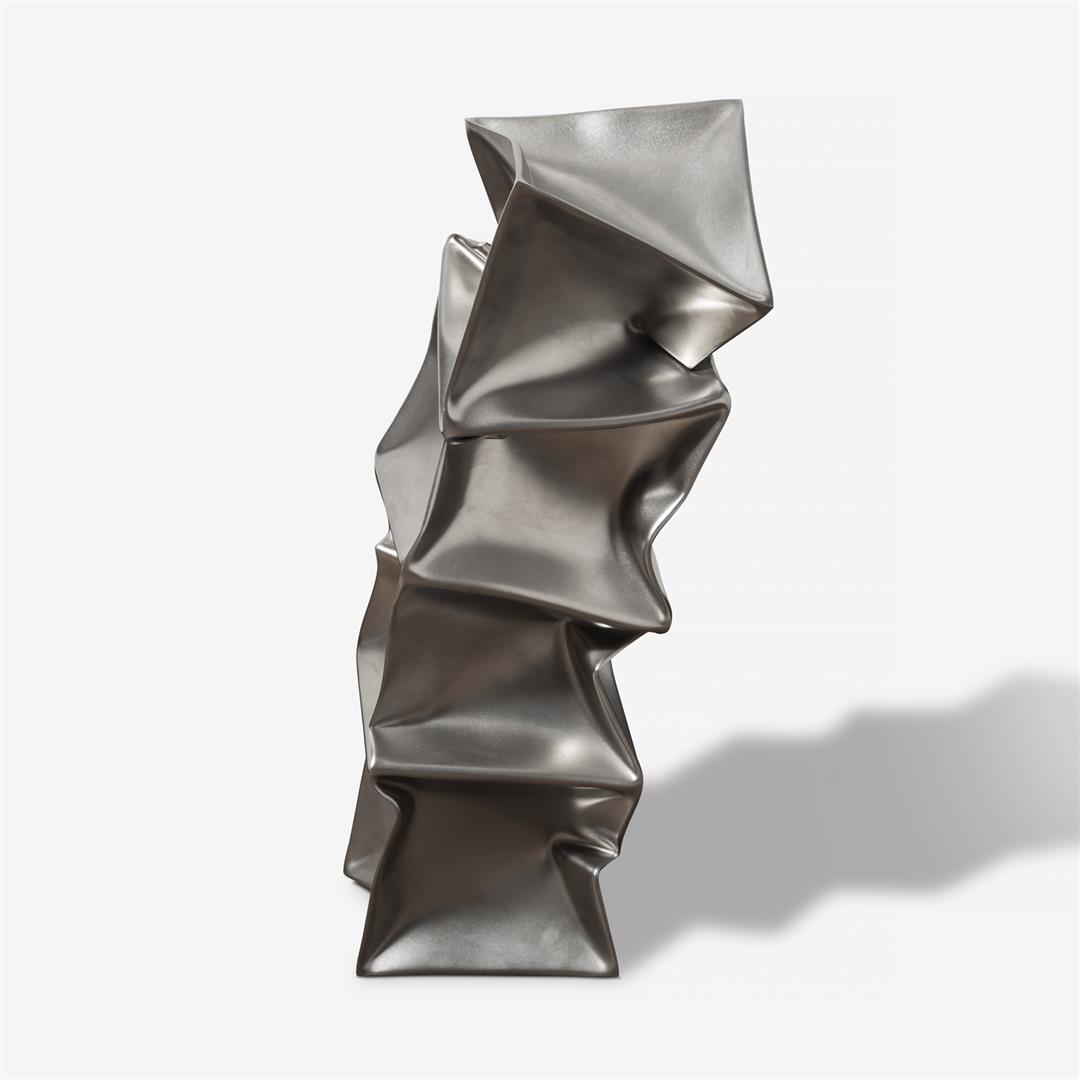
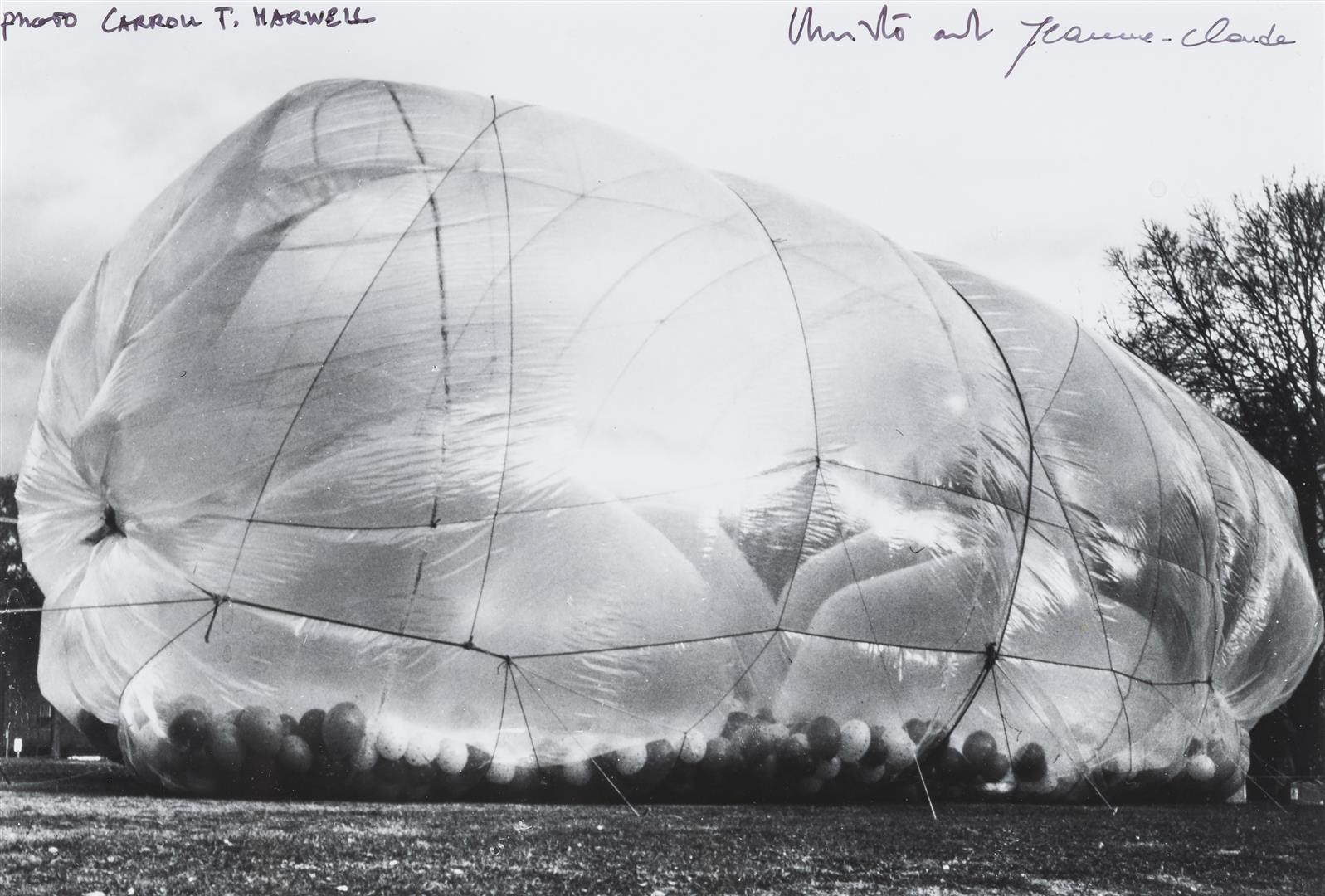
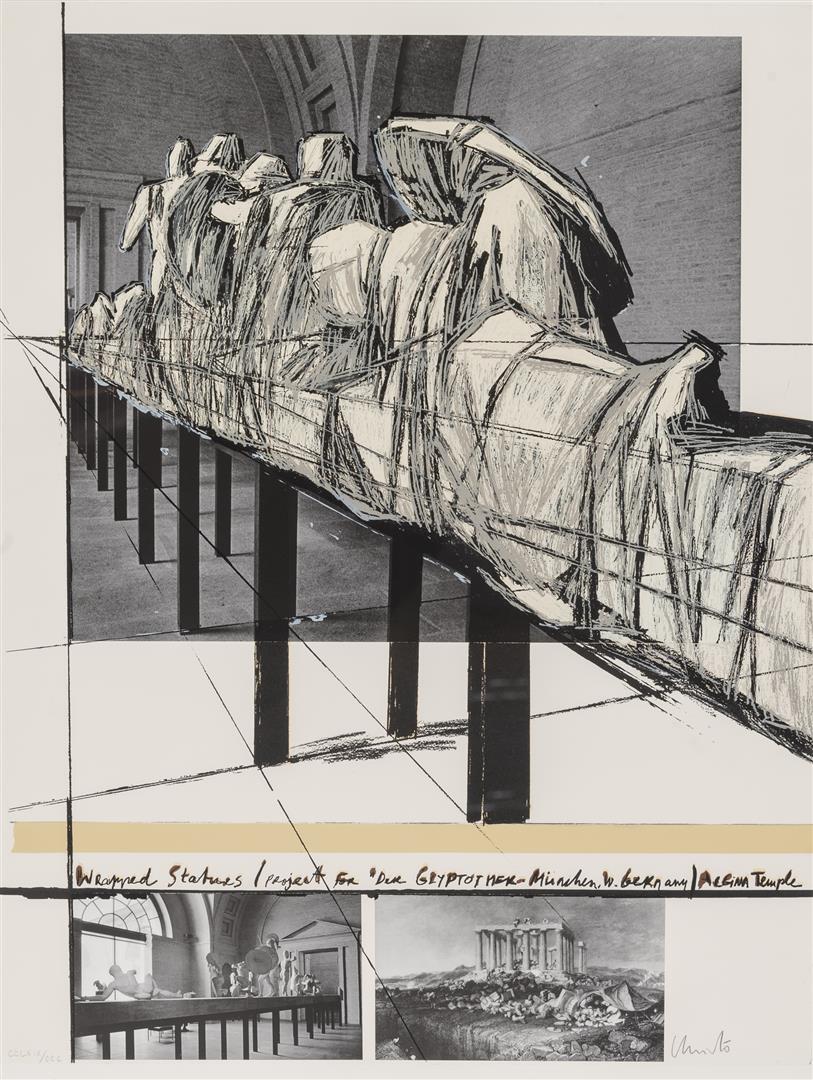
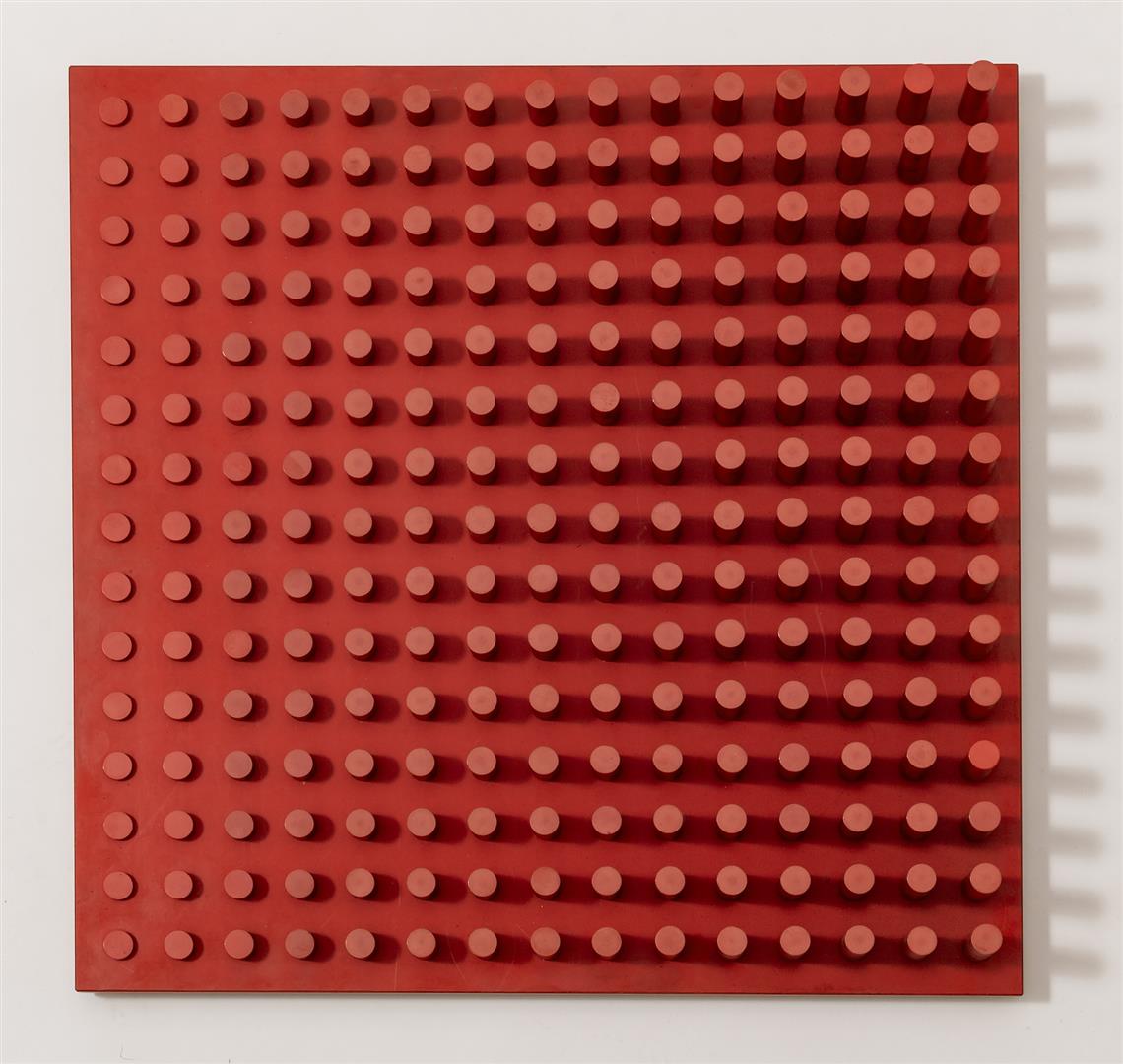
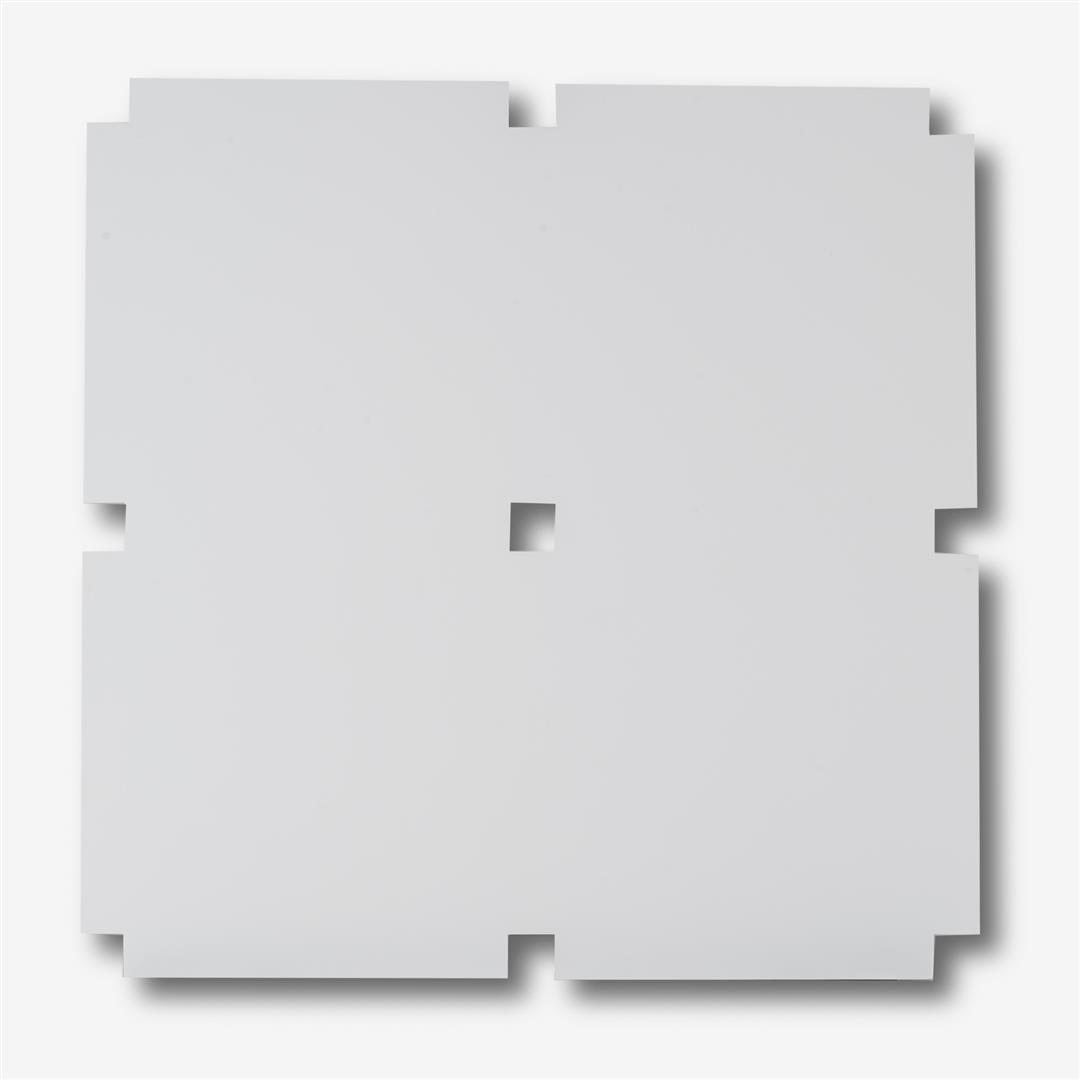
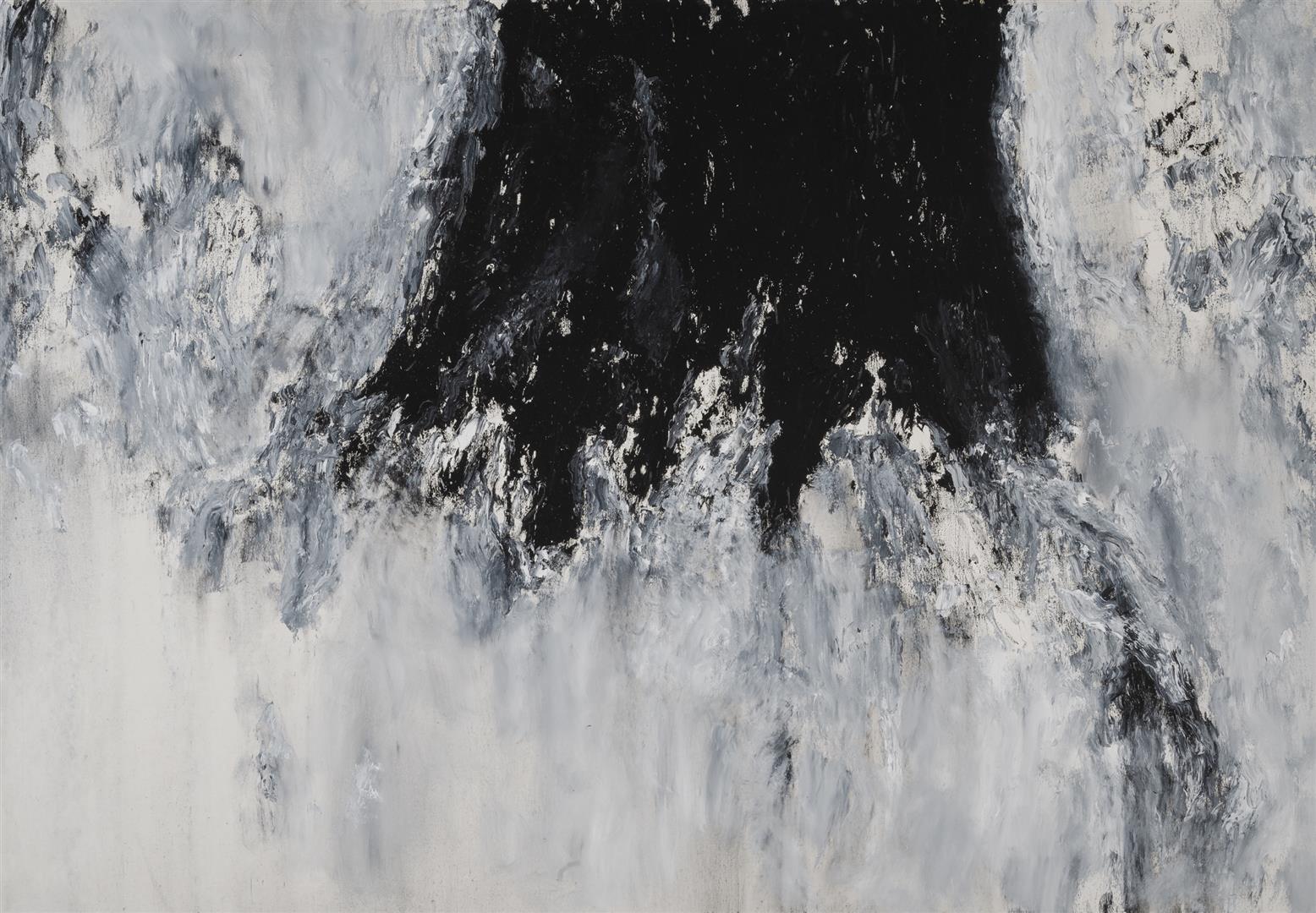
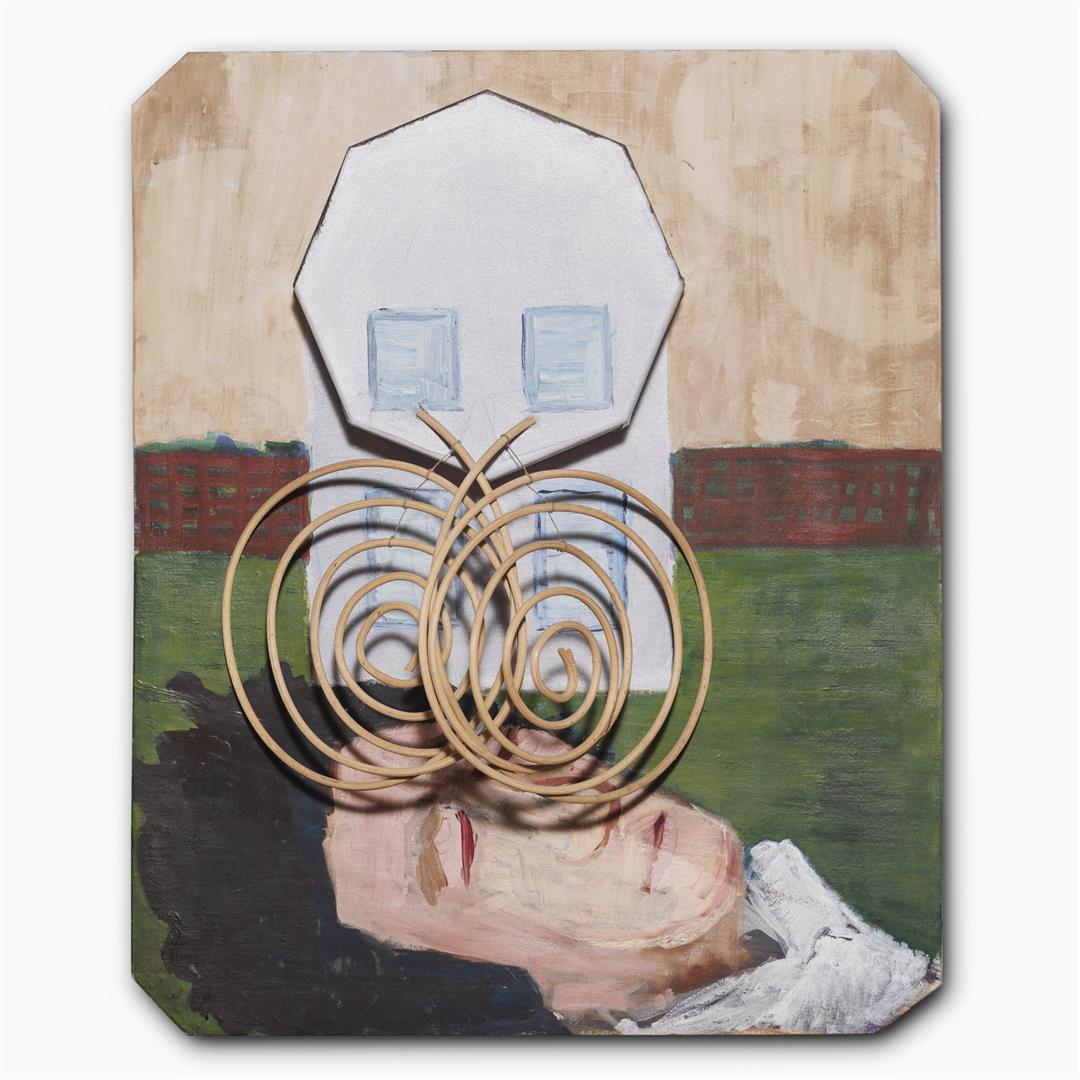
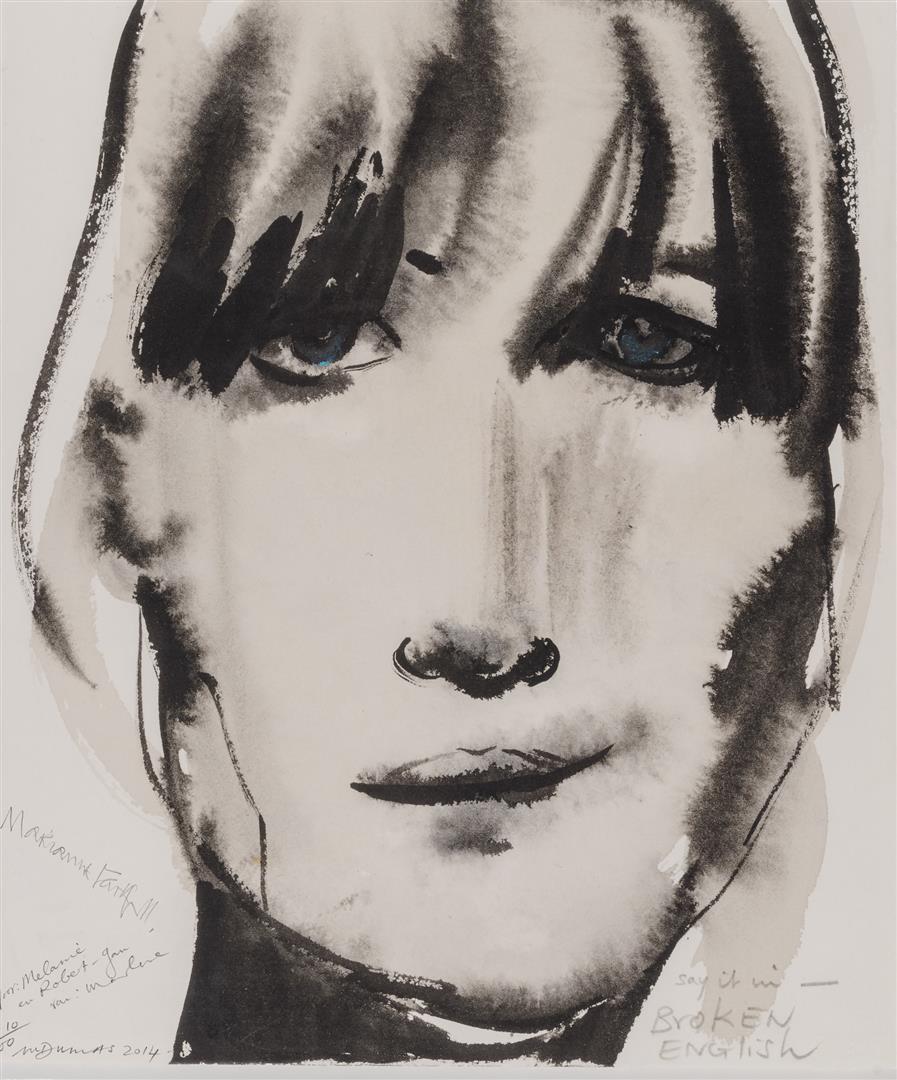
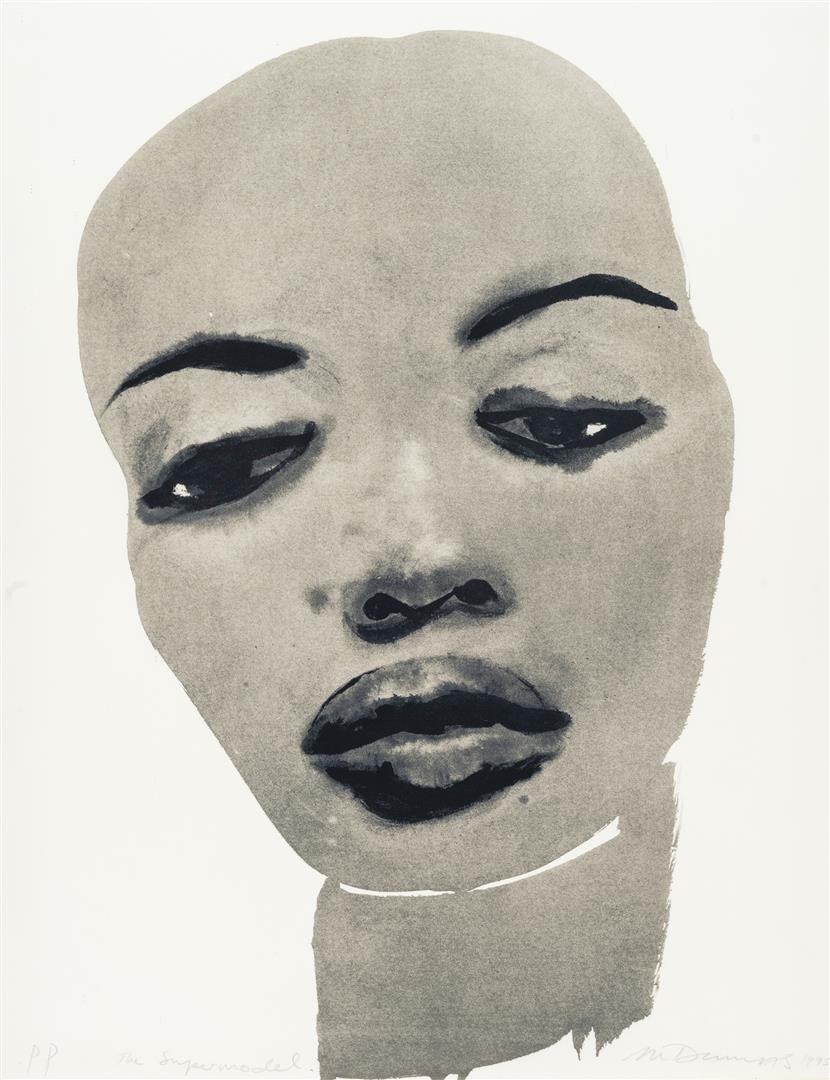
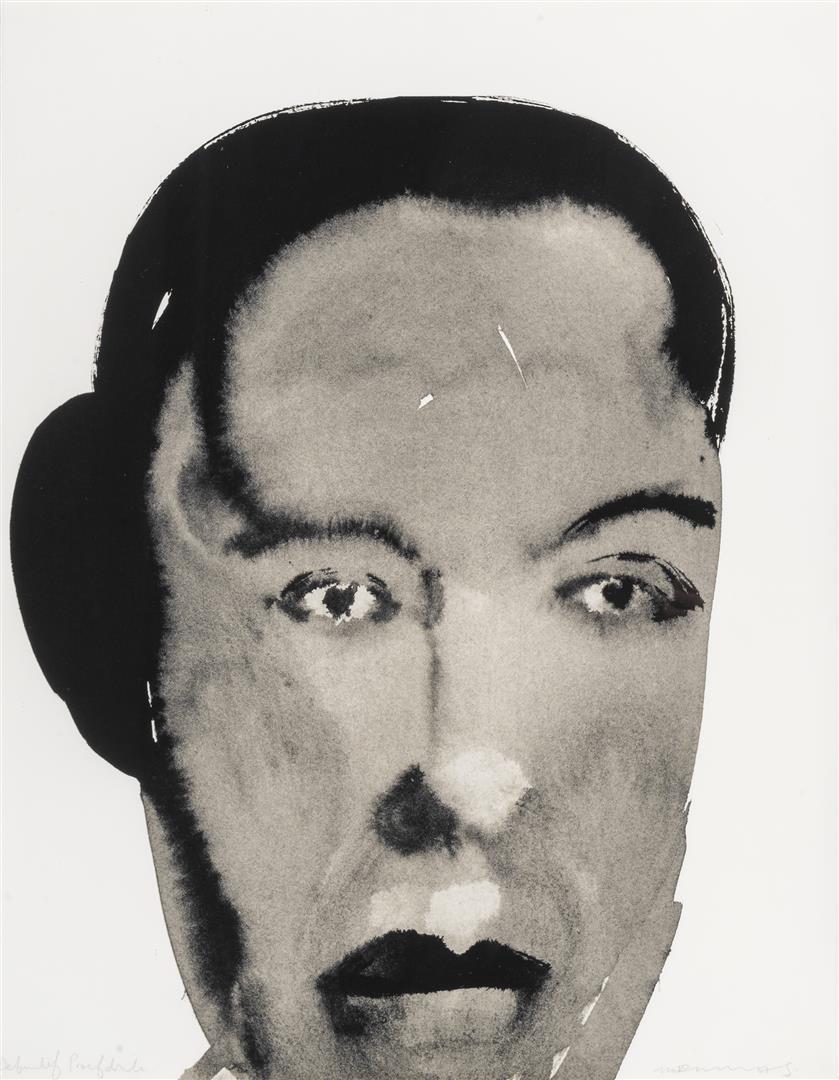
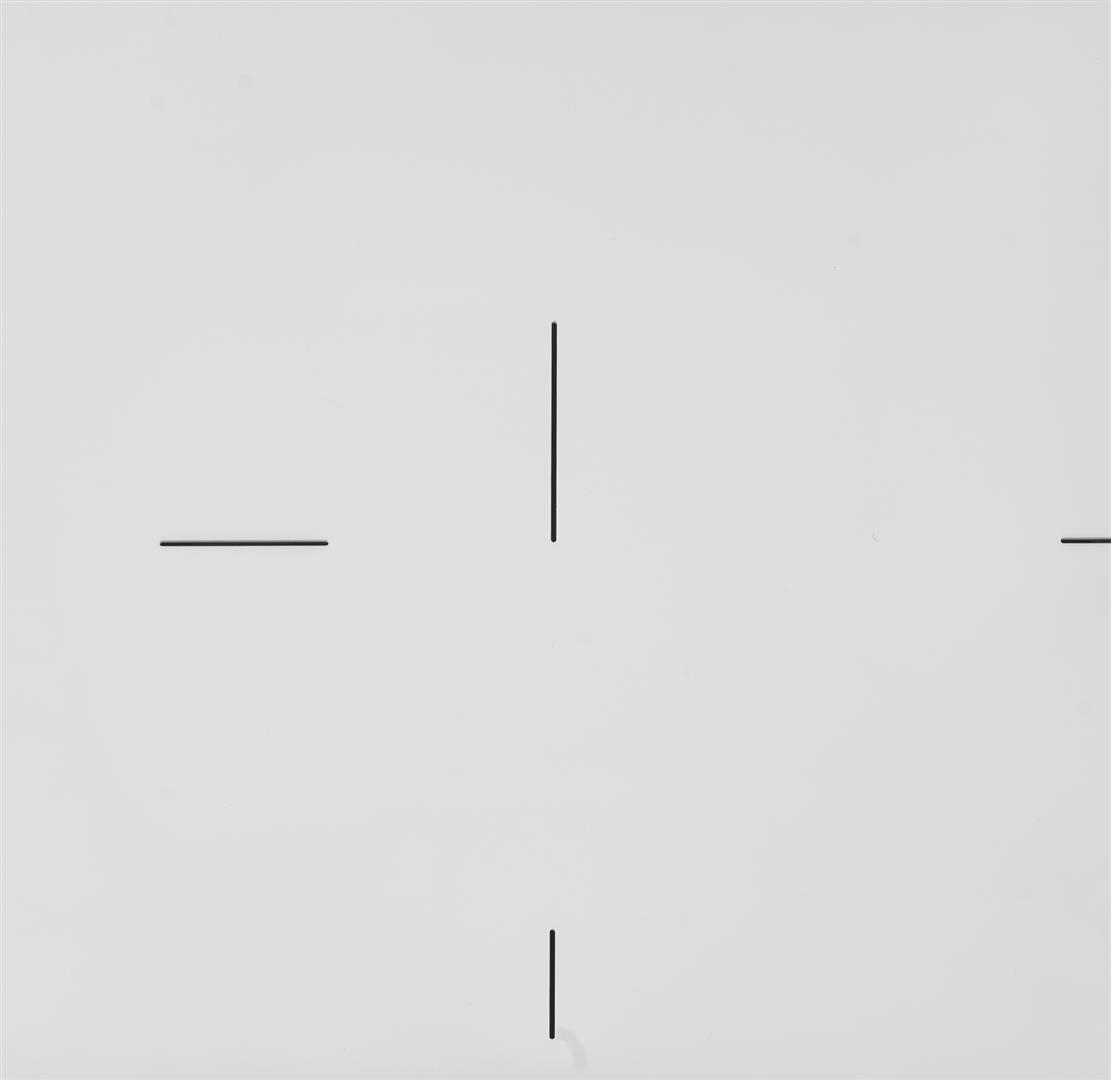

Testen Sie LotSearch und seine Premium-Features 7 Tage - ohne Kosten!
Lassen Sie sich automatisch über neue Objekte in kommenden Auktionen benachrichtigen.
Suchauftrag anlegen